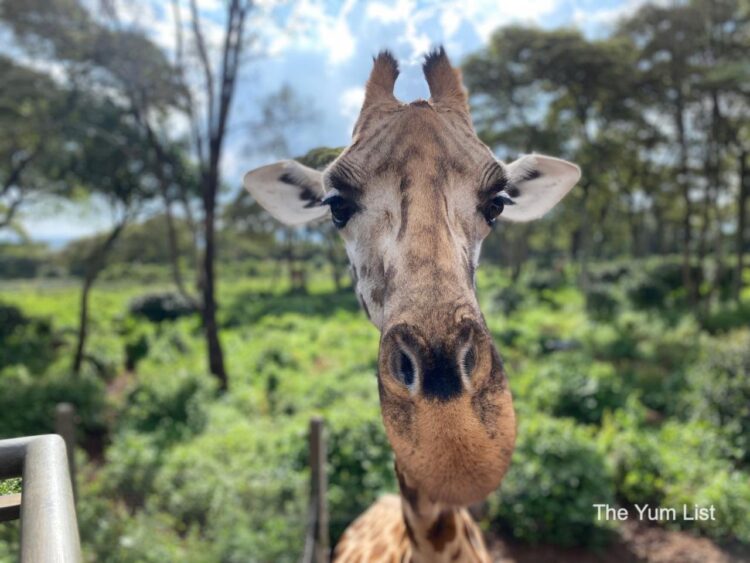Nairobi Travel Tips – First-Time Visit from Kuala Lumpur
Monica Tindall
It’s been a dream for years to visit Africa and this past month we had our first opportunity with a visit to Kenya! Direct flights recently opened between Kuala Lumpur and Nairobi, making the African country easily accessible from Malaysia. We visited for the first time in December 2024 and have some Nairobi travel tips to make your first visit enjoyable.
Nairobi Travel Tips – First-Time Visit to Nairobi from Kuala Lumpur
Arrivals: Flights, Visas, Immigration & Customs
Direct Flights Between Kuala Lumpur & Nairobi
Direct flights have just opened between Kuala Lumpur and Nairobi! It’s a bit of a mismatch given that the airline is a budget carrier and the most popular Kenyan tourism activity, going on safari, is one of the most expensive on the continent. But, hey, it’s a direct flight and knowing these opportunities often close not long after opening, we jumped on the chance to go direct.
Currently, AirAsia has four flights a week between the two capitals. They’re all night flights – so yay if you like to take advantage of the time and can sleep on the plane, but boo, if you’re like me and find night flights and not sleeping torturous. The flight is around nine hours, depending on direction and weather conditions. The plane is freezing! I had three layers and a jacket on, and it still felt chilly, so bring some warm clothes on board with you.
Visas
Most people need a visa to enter Kenya. You can apply for an e-visa online through the eVisa Kenya portal. Ensure your passport is valid for at least six months from the date of entry and has at least one blank page for the entry stamp. You print out the visa and fold it into a little book. You are expected to carry the visa and your passport with you at all times in Kenya. You will need a letter of invitation to apply. We stayed with friends, so they were able to write one for us. For tourists staying in hotels or booking through tour operators, you need to provide proof of booking confirmation.
Immigration and Customs
Upon arrival at Jomo Kenyatta International Airport (NBO) in Nairobi, you go through immigration. Have your printed e-visa, passport, return ticket, and proof of accommodation ready. Make sure you check that the officer stamps your passport and check the dates before leaving the counter. We’ve heard stories from friends residing in Nairobi of missing stamps and “fines” being collected on departure.
According to local friends, luggage retrieval can be unpredictable, taking anywhere from five minutes to three hours. I always recommend travelling with only a carry-on to save time and avoid the hassle. I suggest purchasing the 14kg carry-on allowance. Skipping the check-in process eliminates the need to drop off your bag. It also spares you the wait at the luggage carousel upon arrival and reduces the risk of anything being lost or stolen. For tips on packing light, check out my guide. Trust me, it’s a delight to breeze past those waiting for their checked-in bags, and traveling with light luggage truly lifts a weight—both literally and figuratively—off your shoulders.
For customs, you must declare any items that exceed the duty-free allowance. When we arrived, there were huge signs banning many items, such as alcohol and cigarettes, even though they happily sold us duty-free booze in KLIA 2. All bags go through a scanner. We were fortunate to have a diplomatic escort, so we got our duty-free through without drama. I wouldn’t risk bringing anything potentially problematic. Instead, I’d use the airport duty-free on the Nairobi side.
Getting Connected – eSIMs & Physical Sims
* If time is precious to you, read this carefully!
I usually purchase a roaming pass from my Malaysian phone company for international travel, but this service was not available for Kenya, so we had to get a local sim card. The longest time spent at the airport was over an hour getting this local sim card. Be warned! Get an eSIM before arrival. Unfortunately, our phones are too old for eSIMs, so we had to get a physical one. Despite several service counters open 24 hours at the airport, Safari.com has the best coverage, so everyone was in this line. We were lucky to have only one couple and a solo traveller in front of us, but it still took an hour to be served. The staff have to manually enter your data into the system. When we left, there was a line of at least ten people behind us. Check that your phone is modern enough to take an eSIM and set that up BEFORE you arrive. I’ve heard Holafly is a good service, but I have not personally used them.
Curious Procedure to Return to the Airport
When you return to the airport for departure, an interesting procedure at the highway gates could feel alarming if you are unfamiliar with it. Passengers must exit the vehicle and walk on foot through a security screener to cross the threshold. The driver goes through a different check and meets you on the other side. We were unsure of doing this until we saw everyone else doing the same. So don’t be concerned if your driver asks you to disembark. Do be prepared if it’s raining, though. There’s no shelter.
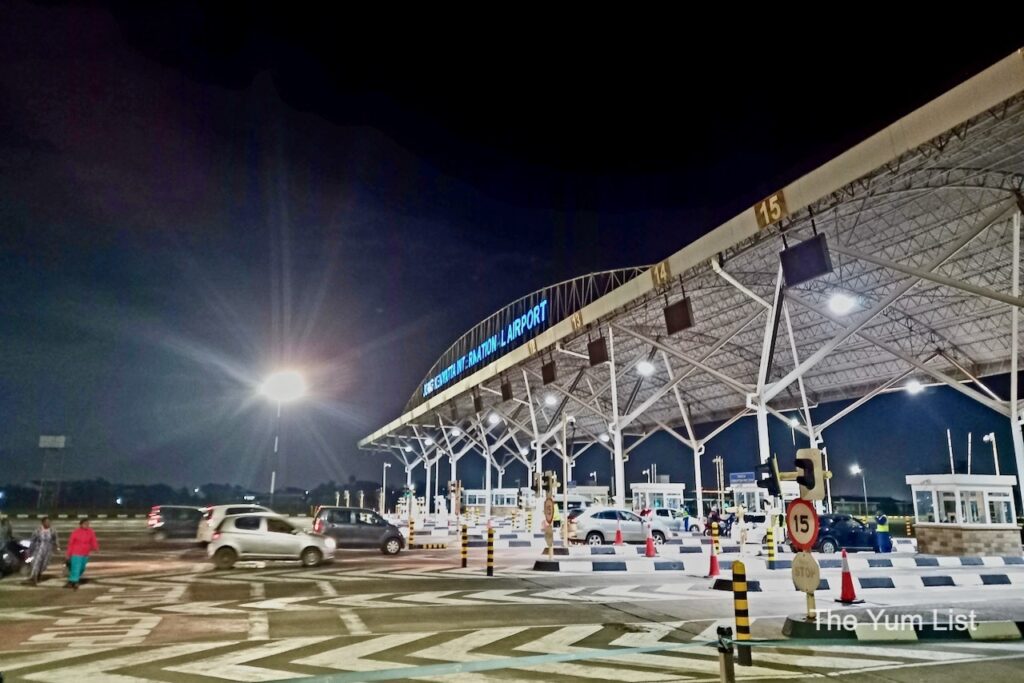
Getting Around, Safety & Weather
Getting Around
E-hailing services are the safest and most reliable mode of transport. Unless your hotel or tour operator picks you up directly from the airport, Uber, Bolt, or Little Cab are the way to go. Apparently, Little Cab gives a higher commission to drivers, so you might consider downloading that app. I already had an Uber account, so rides were easy and safe and all got charged to my credit card.
Matatus (minibuses) and buses are common public transport, but they can be crowded and chaotic, and we’ve heard too many stories of robberies aboard.
Safety
As in most large cities, some areas are safer than others. It’s not recommended to walk at night. Instead, use a ride-hailing service between destinations. Don’t carry or wear anything expensive, and avoid using your phone while walking or driving. Many snatch thefts happen when people are on their phones in cars or on the street.
Weather
We found the weather an absolute dream travelling in late December in Nairobi. Temperatures lowered to around 18 degrees at night and warmed up to 25 degrees during the day. There are two main seasons: the wet season and the dry. The long rains are typically from March to May, and the short rains from November to December. In Nairobi, the driest months are June, July, and August. The city experiences a subtropical highland climate, so temperatures remain relatively mild throughout the year.
It’s wise to pack layers and sunscreen—the UV radiation is a little stronger because of the elevation. Also, pack insect repellent and consider sleeping under a mosquito net when out on safaris.
Emergency Contacts
Dial 999 or 112 for emergencies.
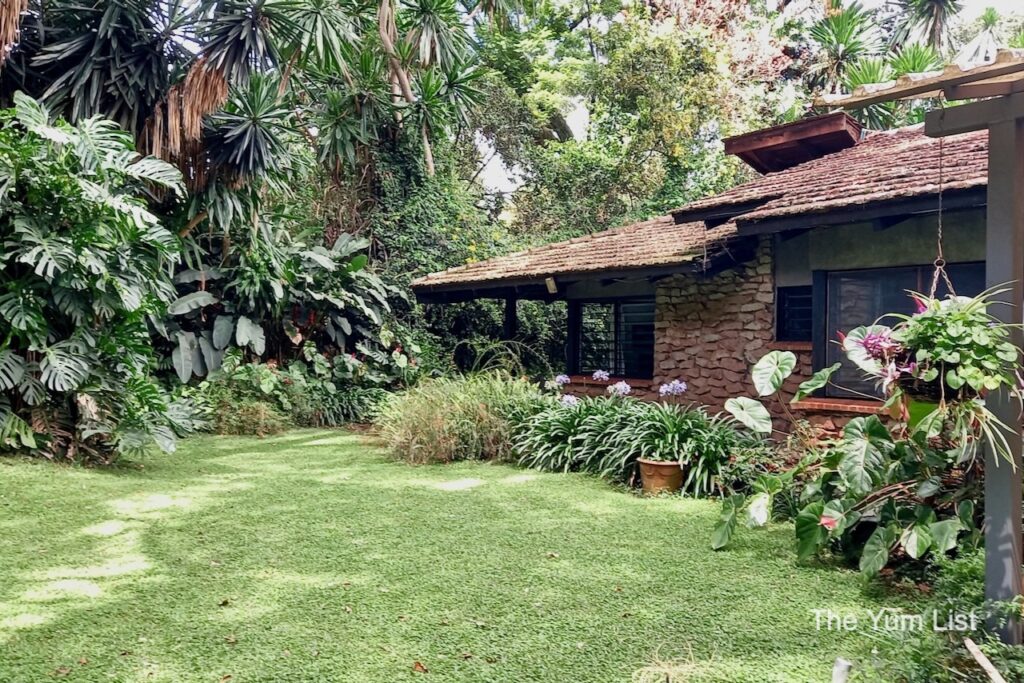
Money & How to Pay
Currency
The official currency is the Kenyan Shilling (KES). It’s a good idea to have some local currency on hand for small purchases and tipping. Remember to activate your ATM card for overseas use or try to exchange a small amount before you arrive. Only use ATMS inside banks or shopping centres for security reasons.
Payment Methods
Credit cards are widely accepted in hotels, restaurants, and larger stores. We had no problem with our Maybank Visa. Ensure your bank knows you are traveling to avoid any issues. However, M-Pesa is the most popular method of payment service in Kenya. It’s convenient for paying for goods and services, and setting up an M-Pesa account can be helpful for small transactions. If you get a Safari.com sim at the airport, you can set up M-Pesa at the same time.
Note: Paying for park fees and entry to sites such as the National Museum can be confusing. There is mixed information, with most insisting that payment needs to be made via the eCitizen platform. Yet, other information says that tourists cannot access the system. We were fortunate to be staying with friends residing in the country, so they could purchase park entry fees for us. We also arranged a safari tour with a company, and they took care of the necessary details. If you plan to travel independently without the assistance of local/expat friends or an agency, you might want to investigate this further.
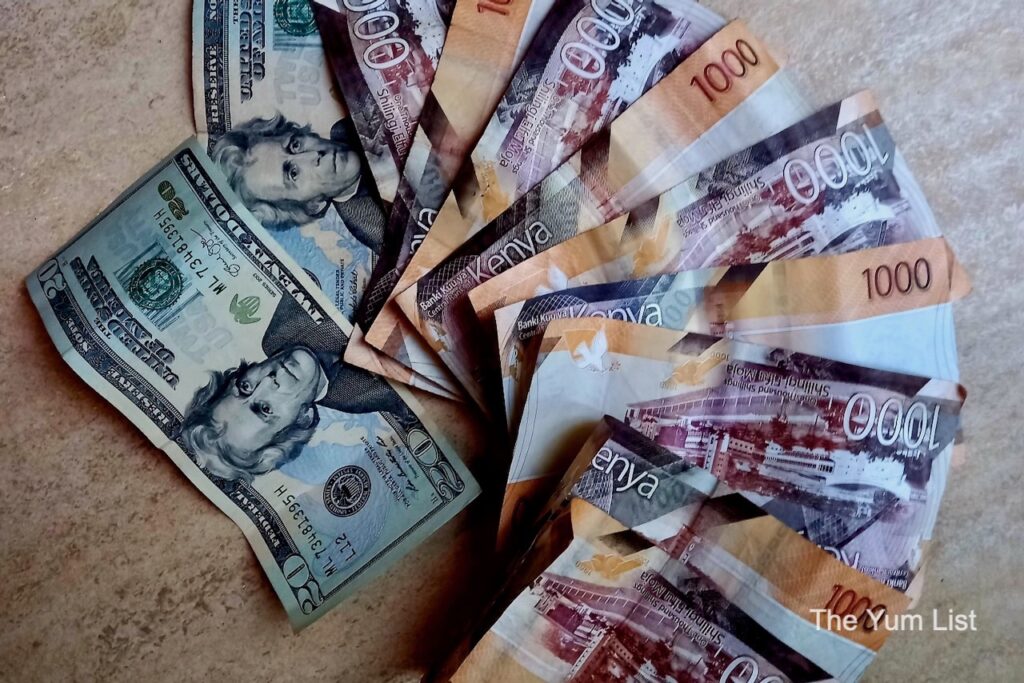
Top Three Nairobi Attractions
Nairobi National Park
Nairobi National Park is a must-visit! It is amazing that so many animals can be so close to the city! You’ll see the boundary to Nairobi National Park as you exit the airport. The range is literally a stone’s throw away from the city centre. The park is home to lions, giraffes, rhinos, gazelles, hippos, crocodiles, monkeys, and many birds – it’s teaming with life. We actually saw more animals here than on other safaris, and got some wild views with animals in the foreground and the Nairobi skyline in the background. There’s also the elevated railway built by Chinese investors that makes a crazy contrast to the wildlife.
Many cars go in independently, but the advantage of hiring a driver is that they are in radio contact with other drivers and can communicate the latest animal sightings. Generally, there are two types of vehicles—a closed-sided open-roof 4×4 or an open-sided 4×4. We much prefer the open-sided jeep for a more immersive experience. Hire a driver, pack a picnic, and get ready to see some fantastic creatures up close.
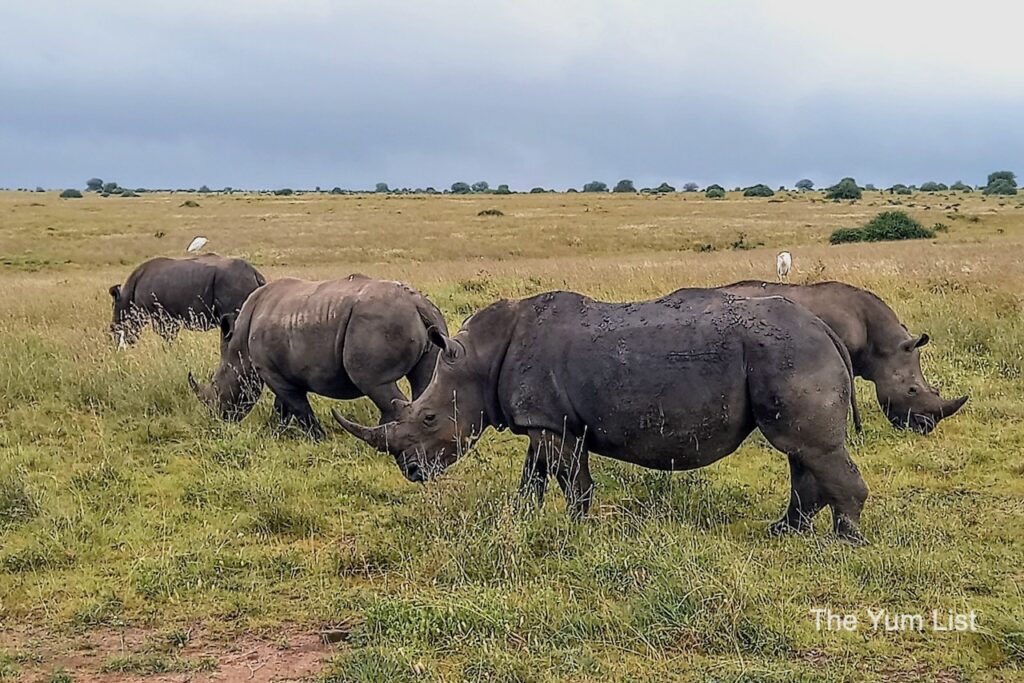
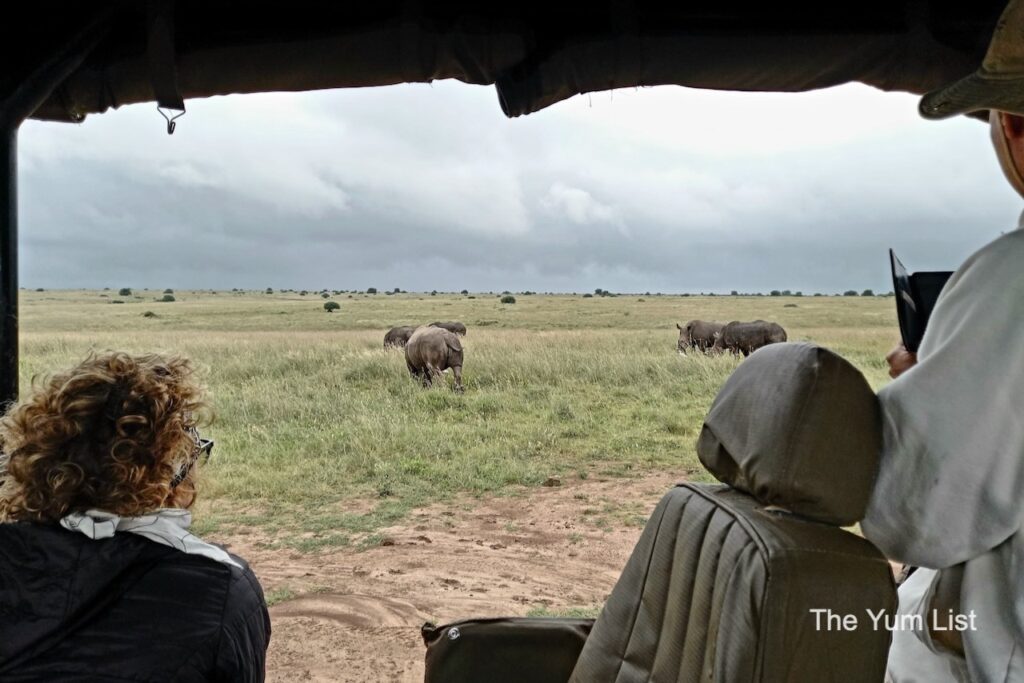
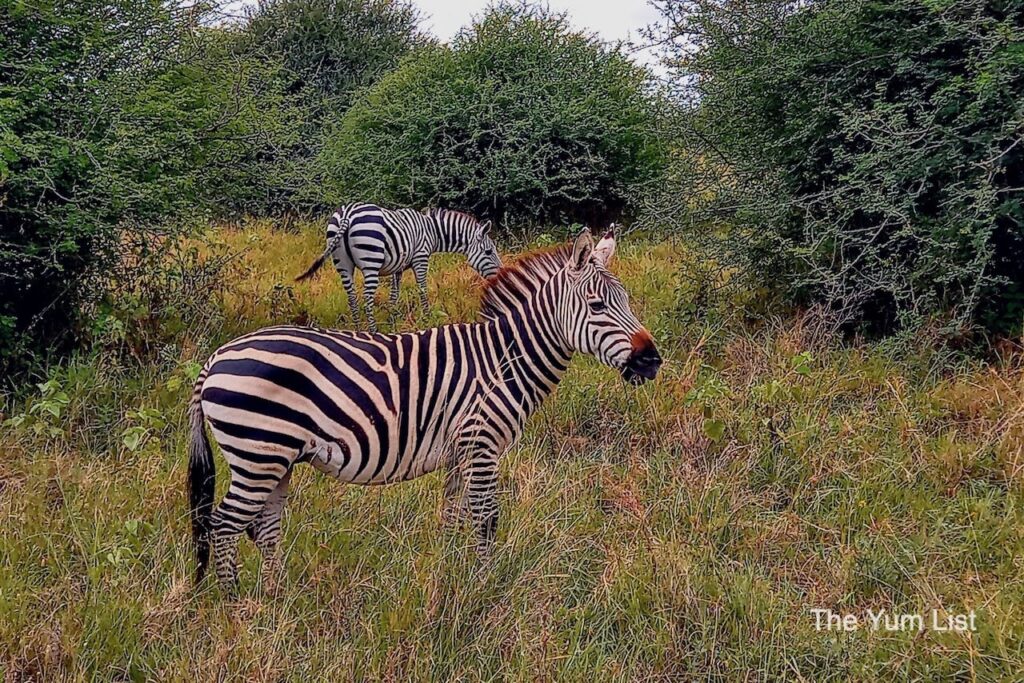
David Sheldrick Wildlife Trust
We loved visiting this elephant orphanage! You get to see baby elephants up close and learn about conservation efforts. The day we visited, we saw 22 baby elephants!
Money-wise Tip: Do the David Sheldrick Wildlife Trust and Nairobi National Park on the same day. National park fees in Kenya are high for foreigners. You must pay the Nairobi National Park fee to enter the David Sheldrick Wildlife Trust and then another fee for the trust itself. Take advantage of the one entry and arrange an early morning safari. Hire a driver to take you out at sunrise. Pack a picnic, explore the park, and then be ready at the orphanage around 10:30 am to enter for the 11 am visit (check the website for the most current timing).
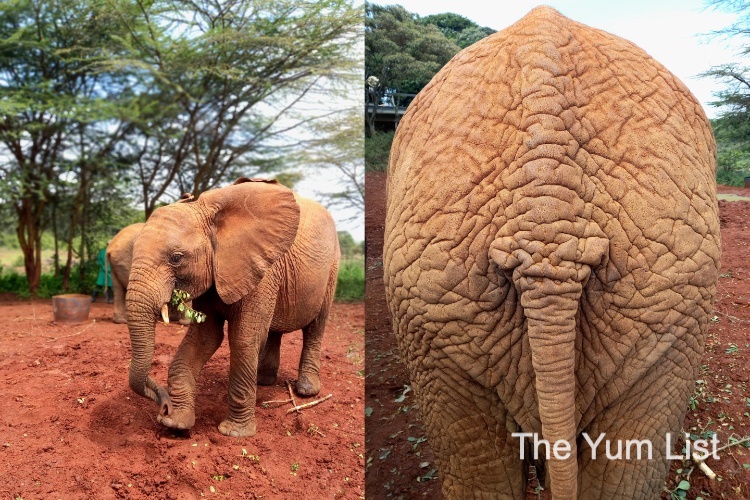
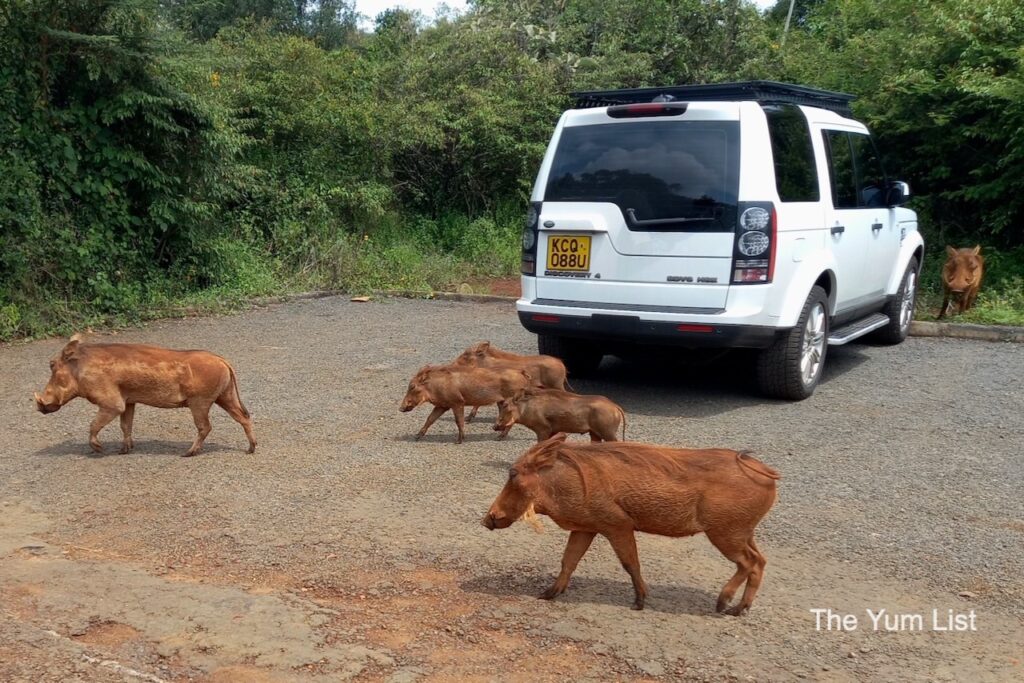
The Giraffe Centre
Getting up close and personal with the endangered Rothschild giraffes was a dream come true! Run by the same team as the famous Giraffe Manor (you’ve probably seen the Instagram posts of guests sharing breakfast with the long-necked beauties), visitors get to feed the giraffes by sharing pellets directly from their hands. Their long, sticky purple tongues lick the food right off your palm. It’s an incredible experience. A few warthogs are running around, too, for extra fun.
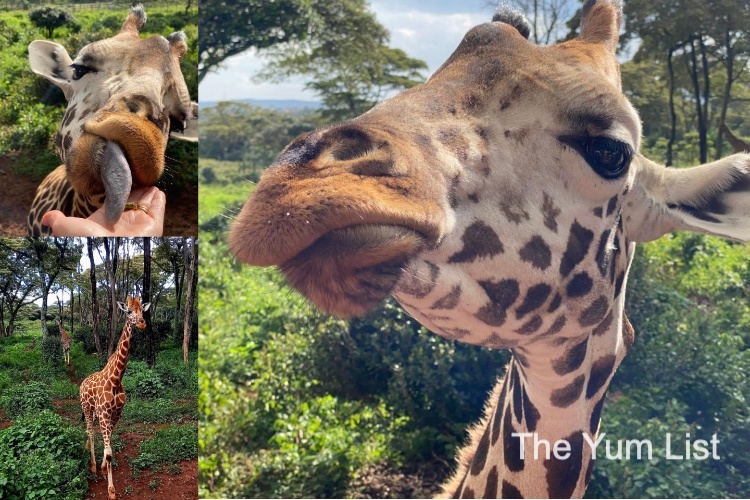
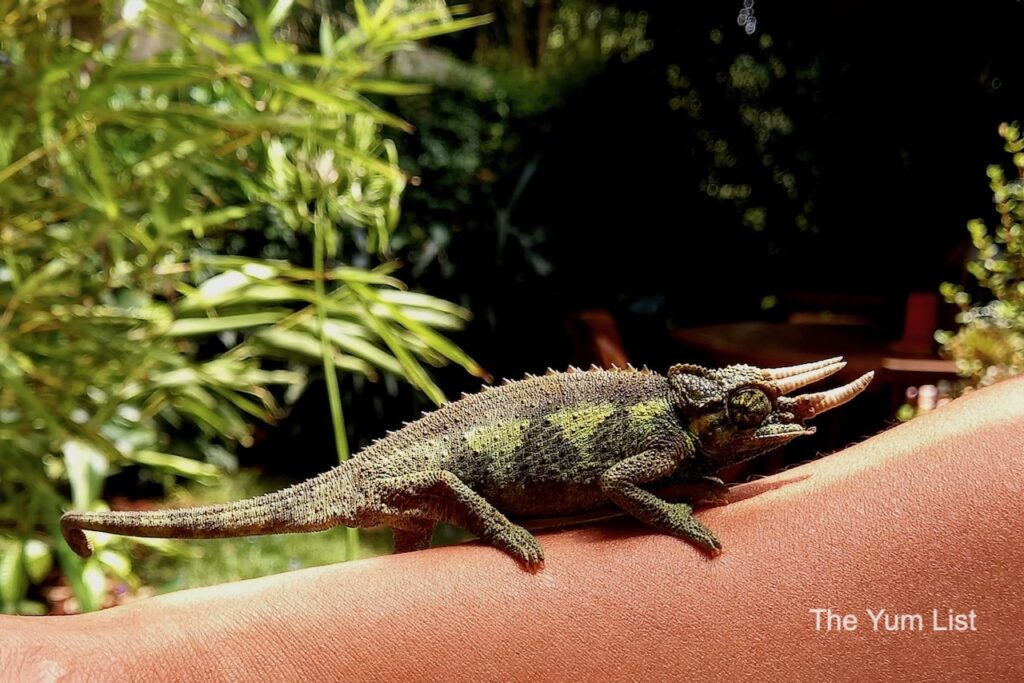
Nairobi’s Top Restaurants
We were fortunate to stay with friends who have been living in Nairobi for a decade, so had loads of hot tips for the best restaurants in the city. The thing we enjoyed most about dining out in Nairobi was the abundant nature and openness of design. All of the below restaurants take good advantage of Nairobi’s fresh weather and beautiful natural environment.
Hero Restaurant
Situated in the Westlands area on the rooftop of the Trademark Hotel in Village Market (an upscale shopping centre), Hero Restaurant has spectacular views over treetops and the verdant city skyline. The bar is especially exciting, being the only one in Kenya on the World’s 50 Best Bars list and one of only two in all of Africa! They take cocktail-making so seriously that they even have their own lab.

Jiko Africa
Not far from Hero, is Jiko Africa in the Tribe Hotel. The gorgeous restaurant and bar have both indoor and outdoor dining spaces filled with lush tropical plants. The kitchen celebrates African recipes with a modern twist. Flavours are vibrant and the presentation attractive. Don’t miss a drink in the bar – they have ace bartenders and a well-curated cocktail menu. We highly recommend the black samosas, goat, and cocktail Kahawa Ni Sawa, one of our favourite drinks of 2024!
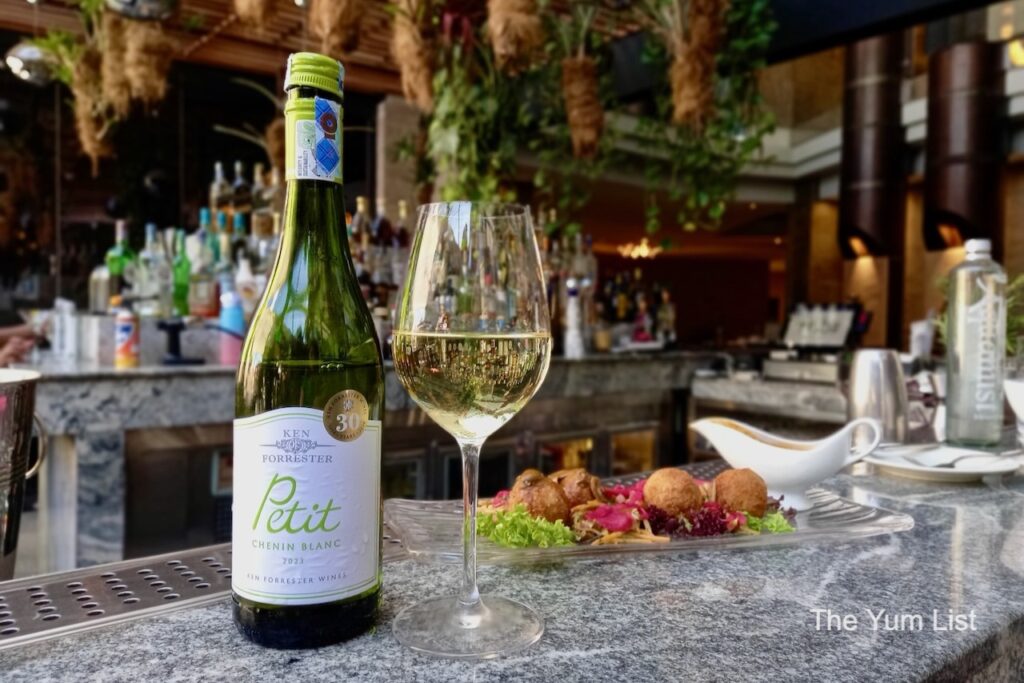
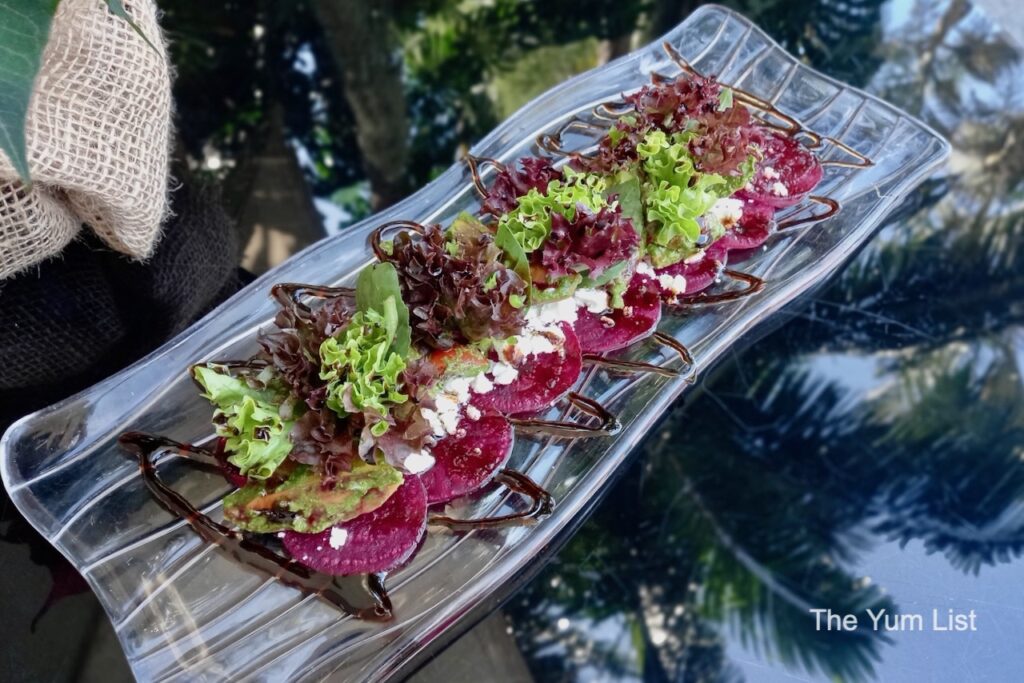
Talisman
Talsiman was our first restaurant experience in Nairobi. It is located on lush grounds in Karen. The restaurant has both covered dining and alfresco seating and is filled with local artworks. The kitchen offers a fusion of European, Pan-Asian, and African cuisines, with plentiful meat-free options and a good cocktail list.
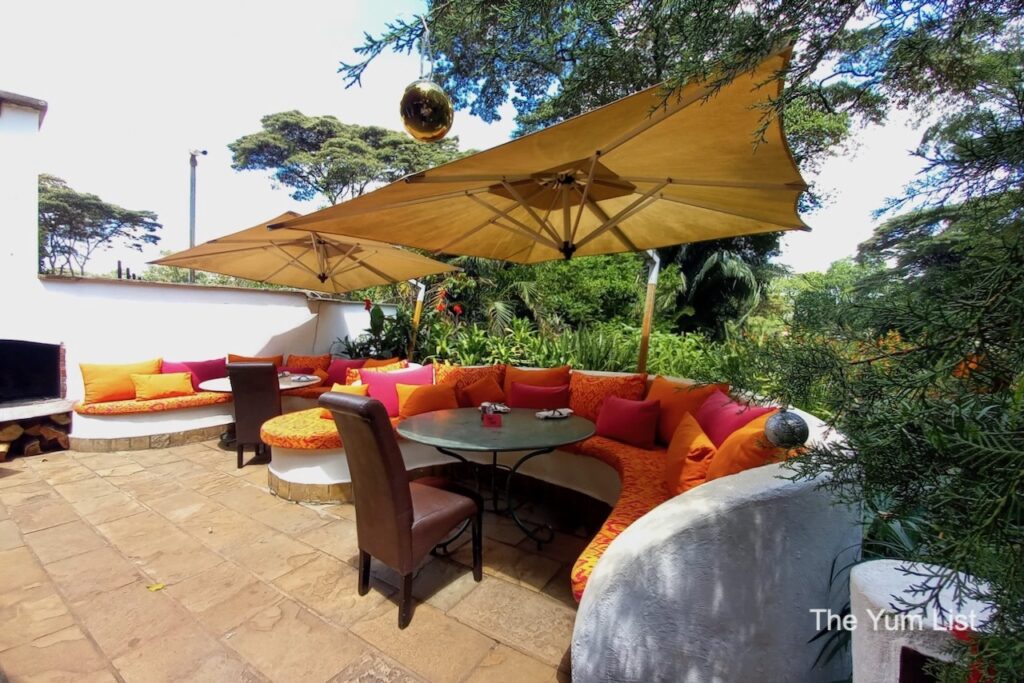
About Thyme
About Thyme is another upscale eatery celebrating the great outdoors in Westlands. Patio seating falls in tiers down the backyard slope accented by plentiful plants and fairy lights. The kitchen serves international dishes with a focus on fresh, local ingredients. The ambience is perfect for a relaxed dining experience with friends or a casual date night.
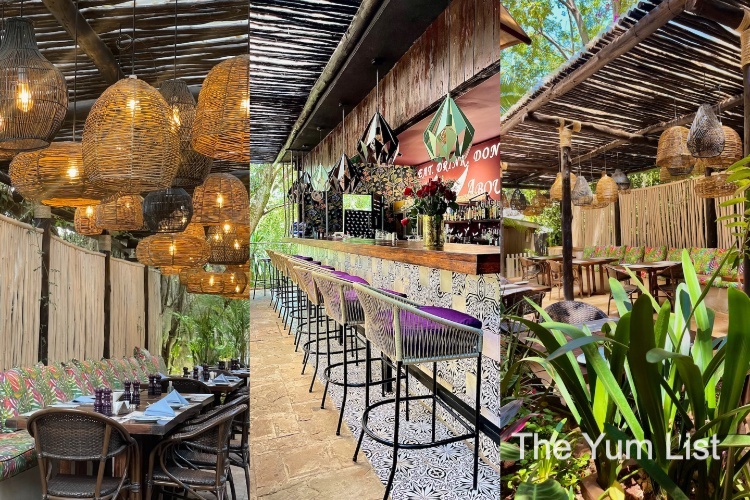
Cultiva
One of the highlights of our gourmet explorations was lunch at Cultiva in Karen. This farm-to-table concept offers organic and sustainable dishes, with many ingredients plucked fresh from its on-site garden. Latin American flavours accent the menu, and the well-chosen wine and cocktail lists are worth exploring.
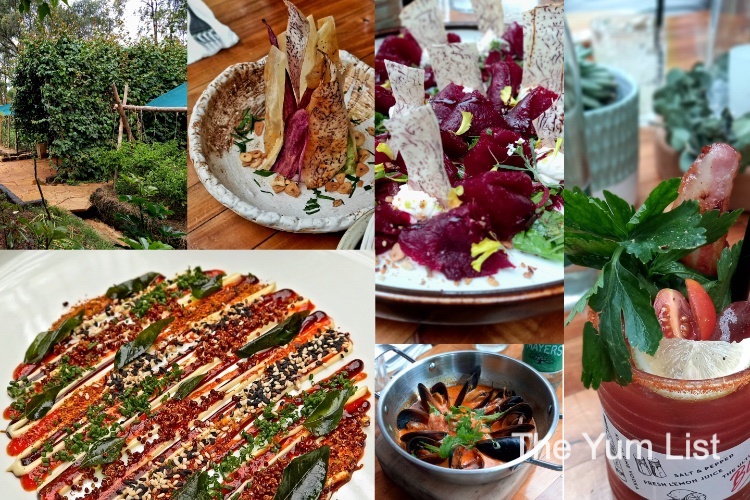
River Café
River Café is an excellent starting or ending point after a stroll through Karura Forest. The parklands have waterfalls, caves, a playground and lovely shaded pathways. The open-walled café sits amongst the forest, providing an all-day brekkie menu, lunch and dinner with select cocktails and wine to match.
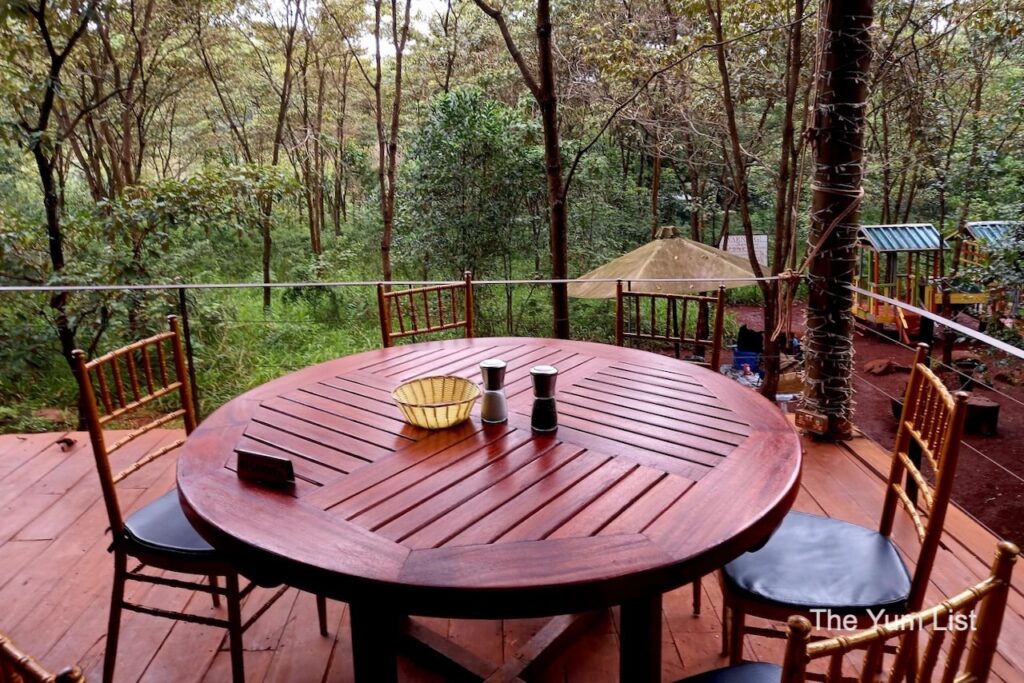
Don’t Miss a Local Meal
Although most people we asked quickly told us that Kenyan food is quite plain without much seasoning, you must try at least one local meal and decide for yourself. Our friends made us a classic Kenyan meal. I admit there was no seasoning. However, we added a few drops of olive oil and a sprinkle of salt and pepper, and it turned out to be one of our favourite lunches on this trip! The lovely Rose showed her power by whipping up some Ugali, a thick, starchy dish made from maize flour with a similar consistency to a thick polenta. She served it alongside Sukuma Wiki, a popular side dish of sautéed kale, and chapati (there’s a considerable Indian influence in Kenyan food). The star of the show, though, was the Nyama Choma, barbecued goat from a nearby stall.
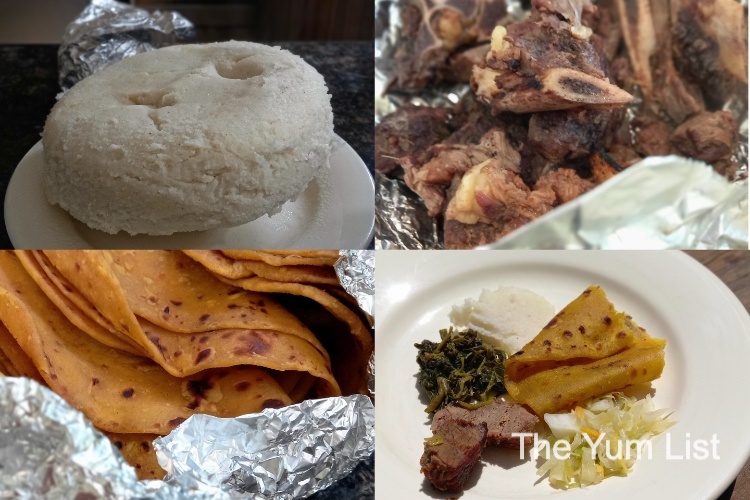
Outside of Nairobi – Kenyan Safaris
No doubt, when most people think of Kenya, they think safari, and world-famous destinations like the Maasai Mara, Amboseli, and Tsavo National Parks. While many other incredible wildlife areas exist, this article focuses on Nairobi. We hope to give you more on greater Kenya in future pieces.
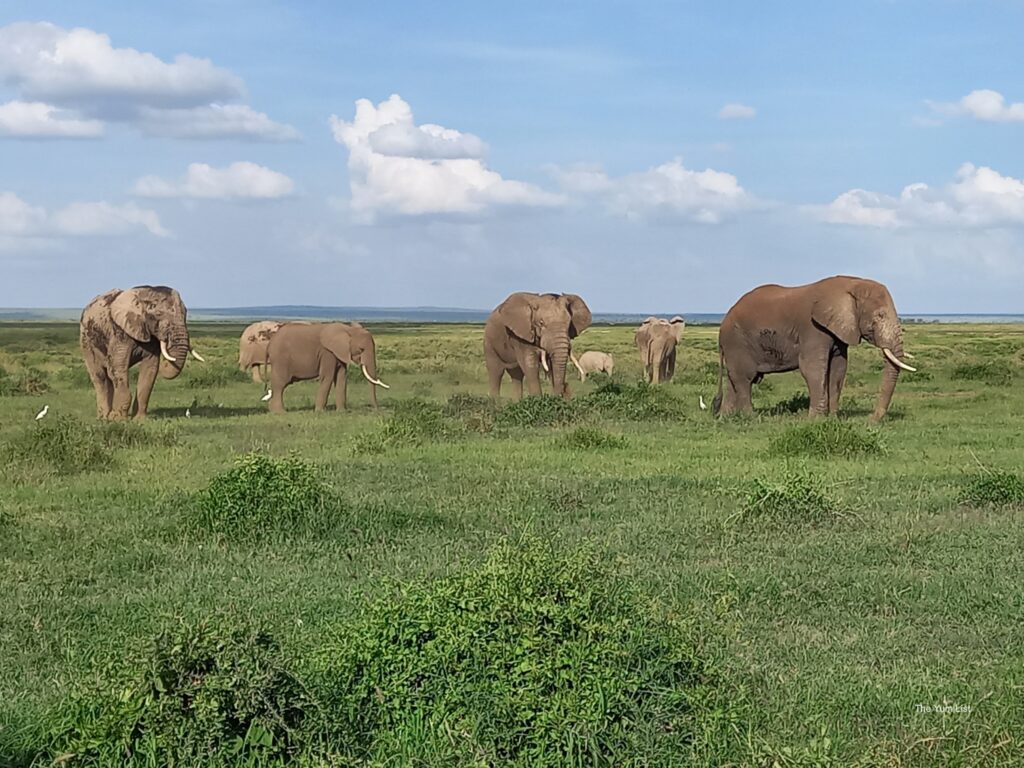
Other Useful Nairobi Travel Tips
Time Zone: Kenya is in the East Africa Time (EAT) zone, which is UTC+3. It’s five hours behind Malaysia.
Tipping: Tipping is appreciated but not mandatory. A 10% tip is standard in restaurants.
Cultural Etiquette: While Nairobi is a contemporary city, people in general are quite conservative. It’s respectful to dress modestly, especially when visiting rural areas or religious sites.
Electricity & Devices: Electricity voltage and plug points are exactly the same as in Malaysia. How convenient is that?! No need to travel with adaptors.
Language: In addition to several native languages, most people in Nairobi speak Swahili and English. It’s super easy to communicate, and everyone we talked to was friendly and returned our smiles.
Nairobi Travel Tips for First-time Visitors
Who knows how long the direct flights between Kuala Lumpur and Nairobi will last? Your guess is as good as mine, but we believe it’s an opportunity worth seizing, as Kenya promises unforgettable experiences. With these tips in hand, you’ll be well-prepared to enjoy the amazing capital, Nairobi. Safe travels and enjoy the journey!
Find more of our favourite stays around the world here and stay up-to-date on the latest luxury travel finds via The Yum List on Instagram and The Yum List on Facebook.

